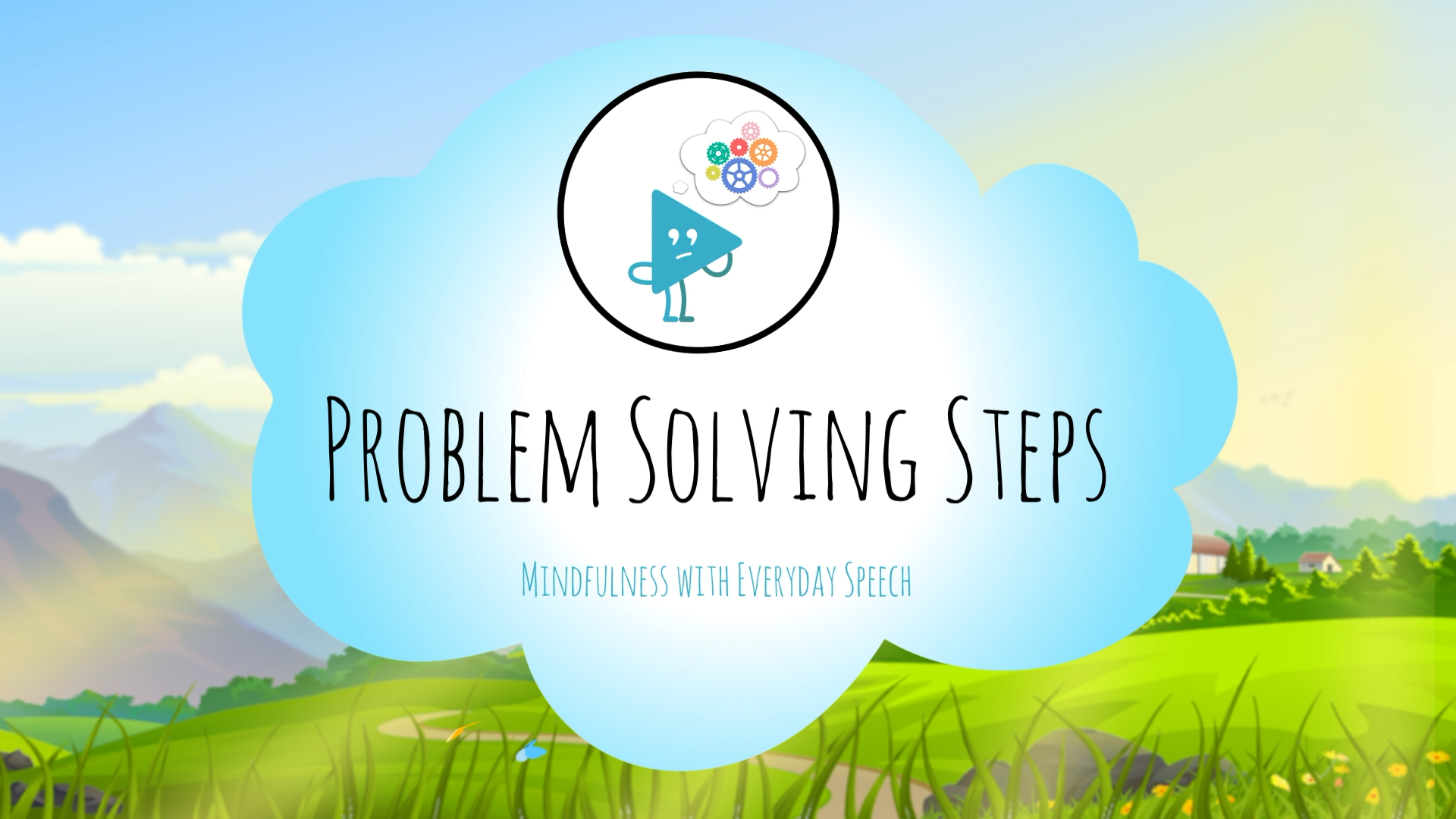
Introduction
Problems are an inevitable part of life, and it is essential for children to learn how to effectively navigate them. The Problem-Solving Steps provide a framework for children to work through their problems independently, resulting in better decision-making and improved social-emotional skills. This blog post will explore an easy, no-prep activity to teach elementary students the Problem-Solving Steps, along with discussion questions and related skills that will support their growth.
No-Prep Activity: Problem-Solving Steps Role Play
This activity requires no preparation or materials and is perfect for educators looking to engage their students in practicing the Problem-Solving Steps. Divide your students into pairs and ask them to think of a common problem they might encounter at school or home. One student will be the “problem-solver,” while the other will act as a friend or family member involved in the problem. The problem-solver will practice using the Problem-Solving Steps to address the issue, while the other student responds accordingly. After a few minutes, have the students switch roles and repeat the process with a different problem. This activity allows students to practice identifying problems, considering their size, brainstorming solutions, and testing their chosen solution in a safe environment.
Discussion Questions
- How do the Problem-Solving Steps help you make better decisions in difficult situations?
- Can you think of a time when you successfully used the Problem-Solving Steps to resolve an issue? What was the outcome?
- Why is it important to consider the size of a problem before choosing a solution?
- How can you ask for help from a friend or adult if you’re unsure about the best solution to a problem?
- What are some challenges you might face when trying to use the Problem-Solving Steps, and how can you overcome them?
Related Skills
As students develop their problem-solving abilities, they will also benefit from learning other related social-emotional skills. These may include:
- Empathy: Understanding and sharing the feelings of others can help students better navigate their relationships and solve interpersonal problems.
- Communication: Effective communication is essential for sharing ideas, expressing emotions, and resolving conflicts.
- Self-awareness: Being aware of one’s emotions, thoughts, and values can help students make better decisions and respond appropriately to problems.
- Resilience: Building resilience enables students to bounce back from setbacks and navigate challenges with a positive attitude.
Next Steps
Teaching the Problem-Solving Steps is an important step in supporting your students’ social-emotional development. To access more resources and activities to help your students build these essential skills, sign up for free samples of our materials at Everyday Speech. Our comprehensive library of resources includes engaging videos, interactive games, and practical activities that can be easily integrated into your classroom routine.

